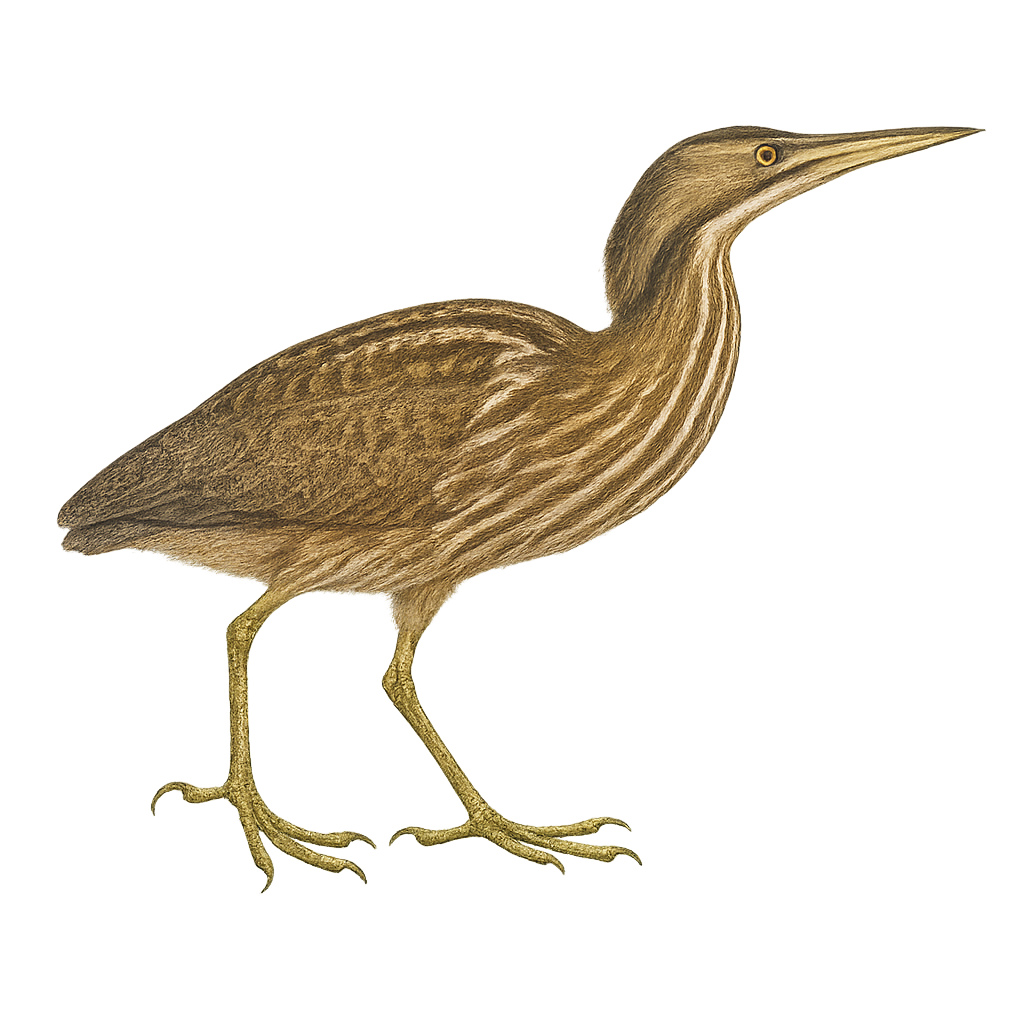Your wildlife photography guide.
Explore the american bittern in detail, study its behavior, prepare your shots.
Where to observe and photograph the american bittern in the wild
Learn where and when to spot the american bittern in the wild, how to identify the species based on distinctive features, and what natural environments it inhabits. The WildlifePhotographer app offers tailored photography tips that reflect the american bittern’s behavior, helping you capture better wildlife images. Explore the full species profile for key information including description, habitat, active periods, and approach techniques.
American Bittern
Scientific name: Botaurus lentiginosus

IUCN Status: Least Concern
Family: ARDEIDAE
Group: Birds
Sensitivity to human approach: Shy
Minimum approach distance: 10 m
Courtship display: April to May
Incubation: 24-28 jours
Hatchings: April to June
Habitat:
Marshes, wetlands, flooded meadows
Activity period :
Mainly active at night, generally discreet during the day.
Identification and description:
The American Bittern, Botaurus lentiginosus, is a medium-sized wading bird belonging to the Ardeidae family. It is primarily found in North America, inhabiting marshes and wetlands. Its brown plumage with darker streaks provides excellent camouflage among reeds. Known for its distinctive call, often likened to a water pump, the American Bittern feeds mainly on fish, insects, and small mammals. Although elusive, it can sometimes be seen standing still, adopting a vertical posture to blend into its surroundings.
Recommended lens:
400 mm – adjust based on distance, desired framing (portrait or habitat), and approach conditions.
Photography tips:
To photograph the American Bittern, it's advisable to use a telephoto lens of at least 400mm to capture detailed images from a distance. Approach slowly and quietly, using surrounding vegetation for cover. The best photo opportunities often occur at dawn or dusk when the bird is most active. Be patient and prepared to wait for the perfect shot, as this bird is known for its elusive nature and ability to blend into its surroundings.
The WildlifePhotographer App is coming soon!
Be the first to explore the best nature spots, track rutting seasons, log your observations, and observe more wildlife.
Already 1 432 wildlife lovers subscribed worldwide

